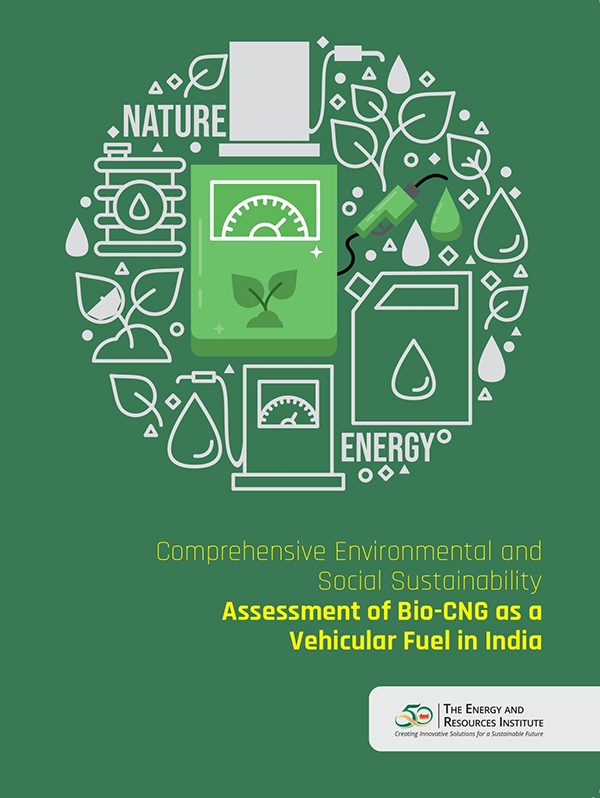Assessment of Bio-CNG as a Vehicular Fuel in India
Surge in demand for mobility and the consequent consumption of fossil fuels for powering transport vehicles is massive and is increasing rapidly with time. However, with geopolitical tensions, shrinking crude oil reserves, and negative impacts of vehicular emissions on global and local pollution has influenced scientific community to explore alternative and sustainable fuels for the transport sector.
India is at the cusp of mobility revolution. At a time when India’s automotive industry is undergoing substantial transformation, a diverse mobility solution is required, which still lags in terms of access to transportation facilities, and introduction of e-mobility is a challenge in immediate future.
Bio-CNG has emerged as a potential solution to this sustainable mobility challenge in rural areas. The transition can be accomplished by leveraging nation’s significant availability of animal wastes for using Bio-CNG as a cost-effective sustainable alternative for the transport sector.
The main environmental advantage of biogas as a vehicle fuel is that it can substantially reduce greenhouse gas (GHG) emissions in the transport sector. Further when liquid residues from biogas production are used as organic fertiliser it can avoid methane (CH4) emissions from landfilling or manure storage, resulting in additional GHG savings.
Additionally, it will also have a secondary impact on providing easy and affordable access to external markets. This will help in increasing the farmers’ income and provide people with new economic opportunities. Therefore, by enhancing people’s socio-economic conditions, affordable, clean, inclusive, and reliable mobility will assist the country in inching closer to achieving the Sustainable Development Goals.
The quantified environmental and socio-economic benefits from use of biogas for rural mobility presented in the document is a unique and first of its kind exercise undertaken by TERI. This document presents a meticulous quantitative analysis of the environmental benefits associated with Bio-CNG, emphasizing upstream greenhouse gas (GHG) savings in both production and usage. By examining five distinct feedstocks—Cattle dung, paddy straw, bagasse, MSW, and press mud—we provide a nuanced understanding of their potential impact on carbon footprints. Additionally, we navigate the intricacies of compliance benefits within policies such as Corporate Average Fuel Economy (CAFE) norms. The comparative Well-to-Wheel life cycle analysis, which contrasts GHG emissions of Internal Combustion Engine (ICE) vehicles and Electric Vehicles (EVs) against Bio-CNG options, is presented to assist industry partners, particularly automotive manufacturers, in strategically aligning with evolving regulations.

